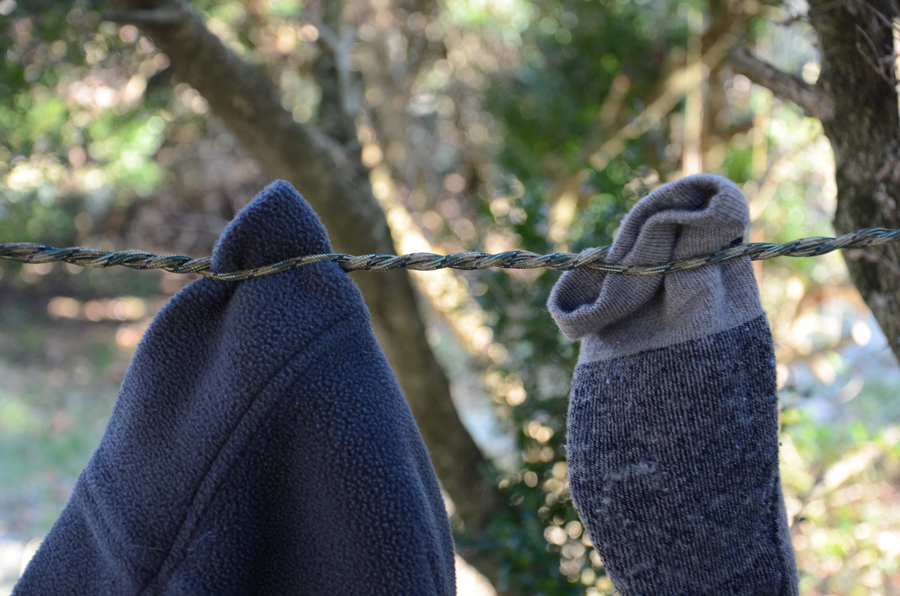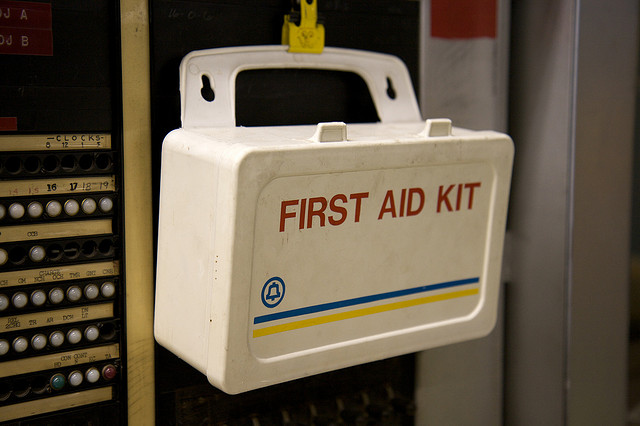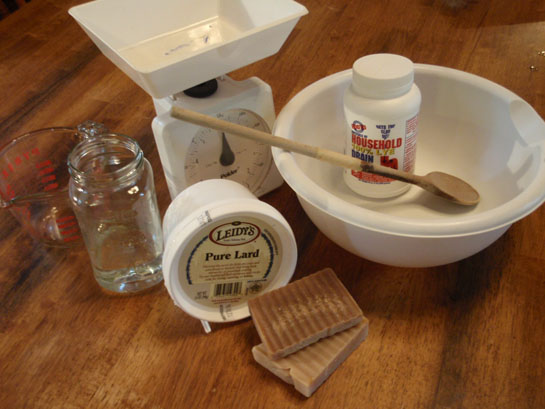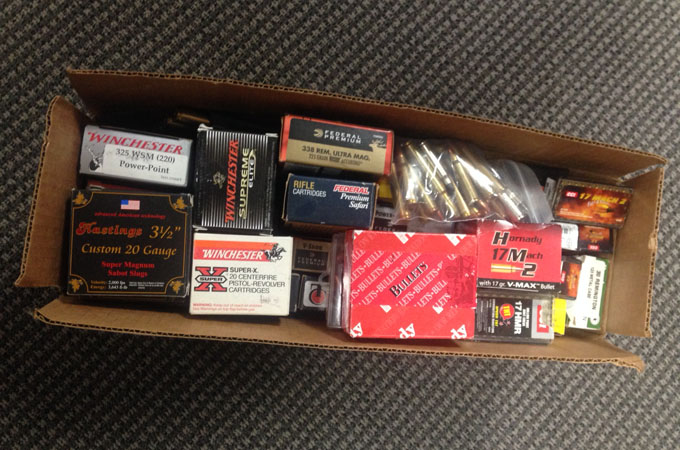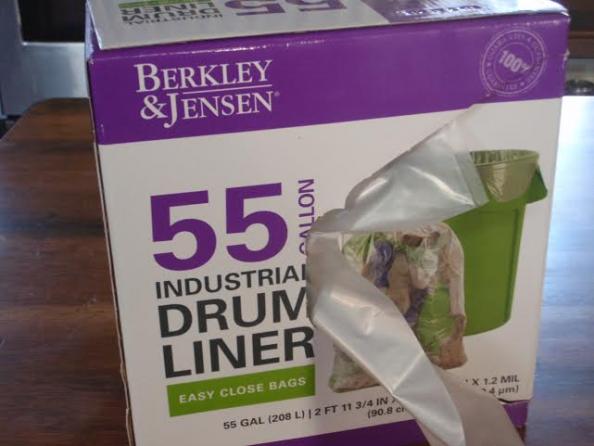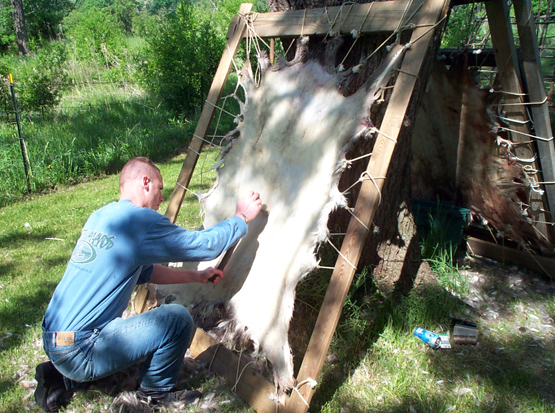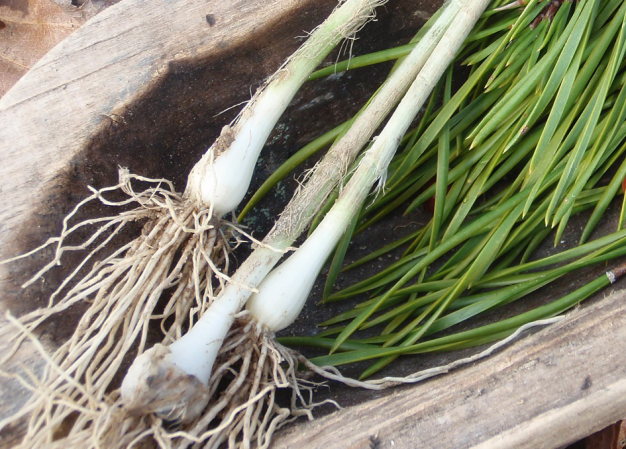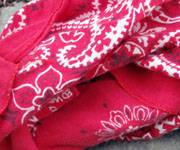Doing the laundry might seem pretty low on the list of survival priorities if you’re living in an off-the-grid situation, and truly it is. Shelter, security, safe water, and many other topics take precedent over laundry. There is, however, a valid reason to make time for this tedious task. The oils and dirt that build up in clothing, especially when wearing the same clothes repeatedly, tend to destroy most clothing fibers quickly (not to mention cause them to stink to high heaven). If you only have a few articles of clothing, it makes sense to take steps to ensure that they last longer. With that in mind, here are a few ideas about containers, soap substitutes, and how to make a clothespin-free clothesline.
1. Water And Containers
If you can spare the water to wash a few items of clothing, your skin and your clothes will thank you for it. In addition to wearing out prematurely, clothes that aren’t washed regularly can harbor fungus and bacteria, which can lead to fungal rashes, infections, and other skin maladies. Rain water is great for washing clothes, and collecting and storing it is relatively simple. First, locate or dig two holes in the ground, side by side. Line the holes with a plastic tarp. Once they’re full of rainwater, use one to wash clothes and one to rinse them.
Another option is to use stream, river, or lake water in containers. The water doesn’t need to be potable, just free of mud. Use buckets, bins, pots, tubs, or another other watertight containers as your wash basins. Since you probably won’t have an old-fashioned washboard handy, you’ll have to just scrub the clothing against itself. You could also use a rock heated by a fire to warm up your wash water, making it more effective and more comfortable to work with. If you have a clean rock or bark-less log nearby, slapping the wet, soapy clothes against it will beat the dirt and grime right out of them.
2. Soap
Virtually any soap will pass for laundry detergent. Liquid soaps can be dumped into the water. Bar soaps can be rubbed on wet clothing directly, or you can shave off small pieces of the bar and allow them to melt in the water before laundering clothes. If soap is lacking, use hot water and scrub the clothes anyway. This will remove some dirt and oils, which is better than none. When you’re done, dump your soapy water and rinse water into the topsoil at least 50 yards from any water source. Even biodegradable soap is harmful to aquatic life.
3. Pin-free Clothesline
This old camping trick has been around for decades, if not centuries. Take a long cord (550 will work nicely), and fold it in half. Find two points—trees and shrubs work great—to tie the cord to so that it will be stretched tight at your eye level. Tie one end of the doubled cord to one support. Start twisting the cord from the free end. This might take a minute or two, but once the doubled cord is twisted tightly, tie off the free end and your clothes line is ready. To secure clothes, spread the twisted line apart and insert a corner of the clothing item. Do this several times for heavy garments, or just once on small things like handkerchiefs and socks. Let the clothes air dry, and the laundry is done. This twisted line keeps your clothing in place, even if conditions turn windy.
